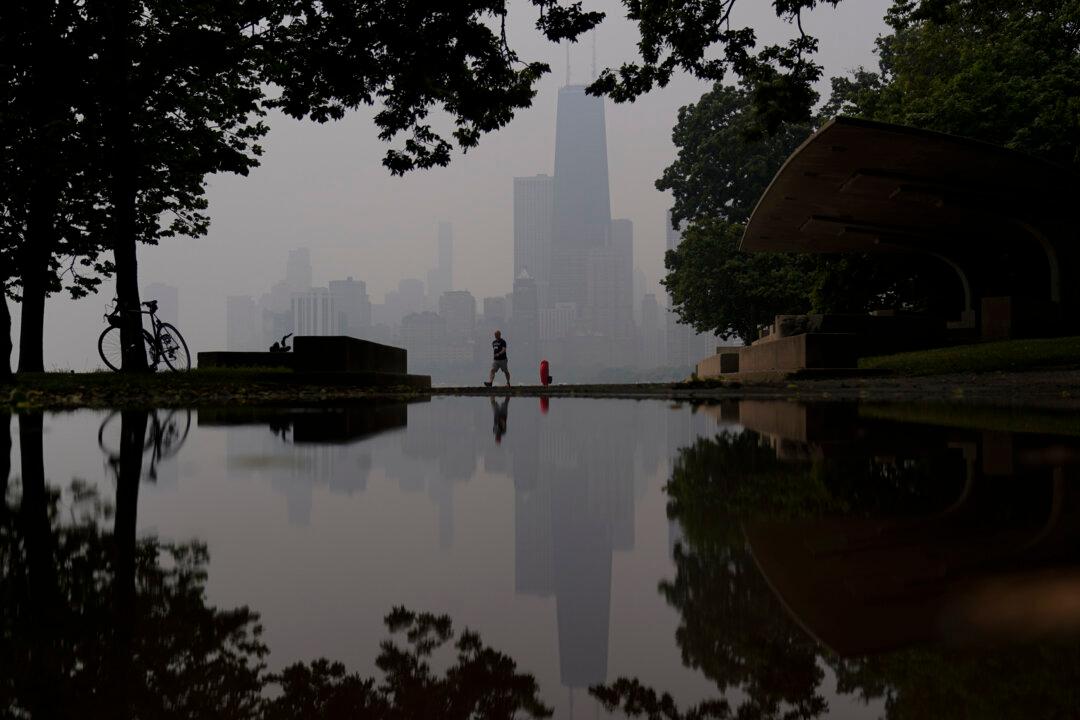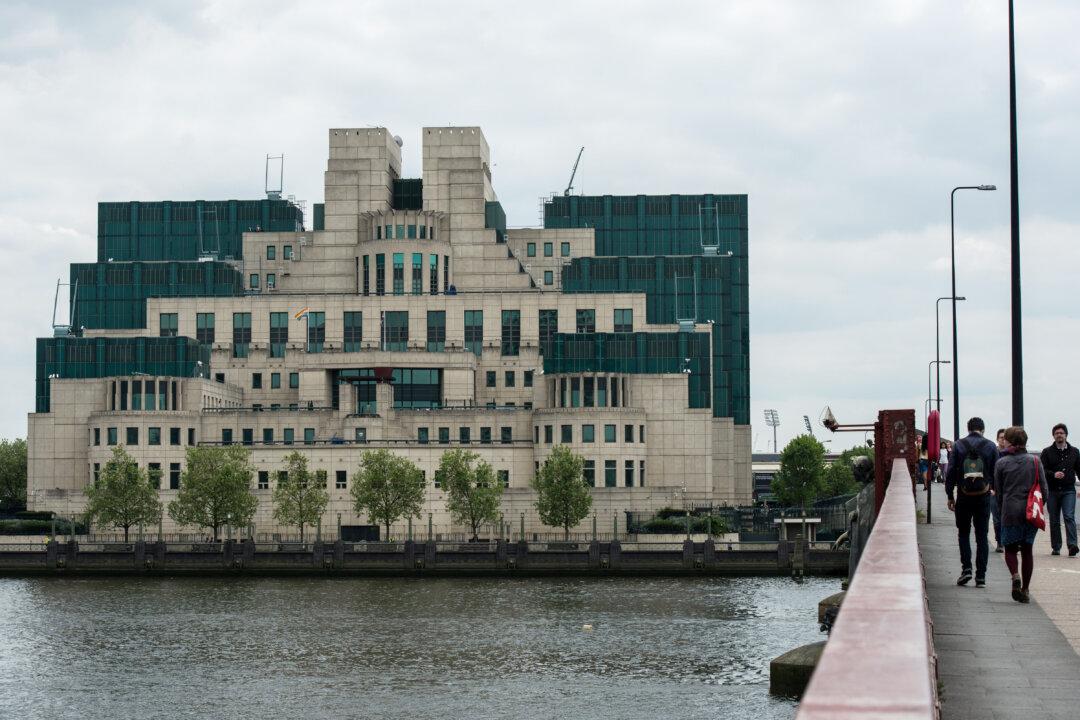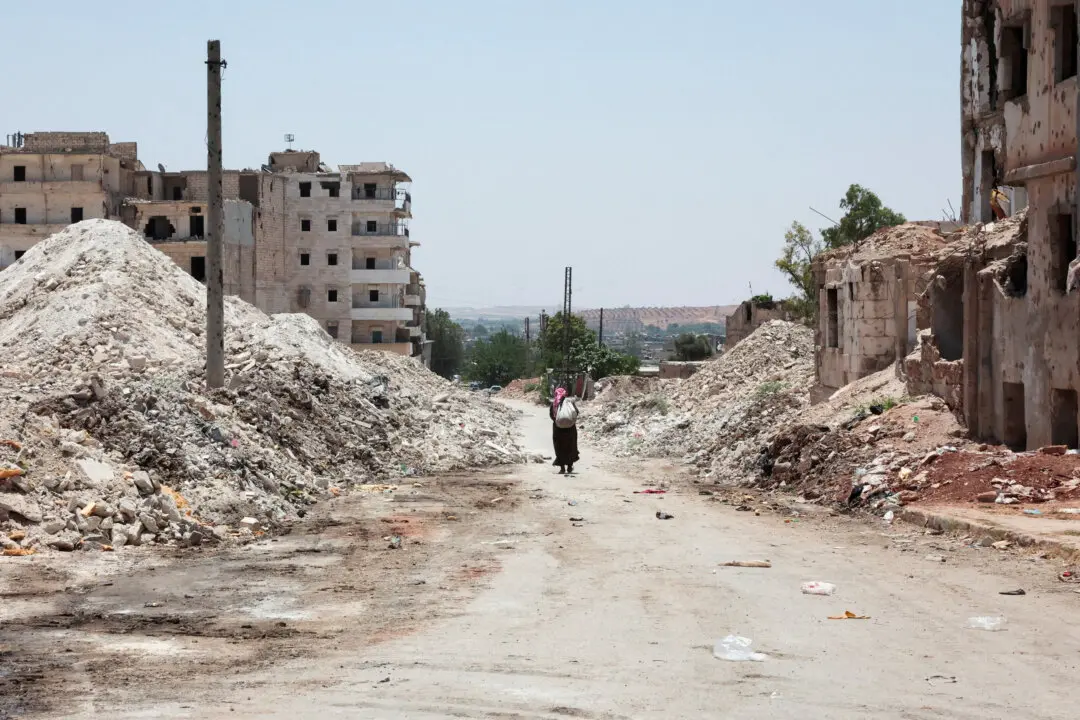Smoke from Canadian wildfires is blanketing cities in the United States, with air quality warnings in effect across the Midwest and toward the East Coast as hundreds of fires rage out of control north of the border.
The Detroit area woke up on June 28 to some of the worst air quality in the United States because of smoke from Canada’s 480 wildfires.





